Forget 'new year, new me': 31 realistic, bitesized new habits for 2025
Small adjustments to your daily routine can have a big impact on your cycling fitness. Lexie Williamson lists 31 good habits, one for each day of January
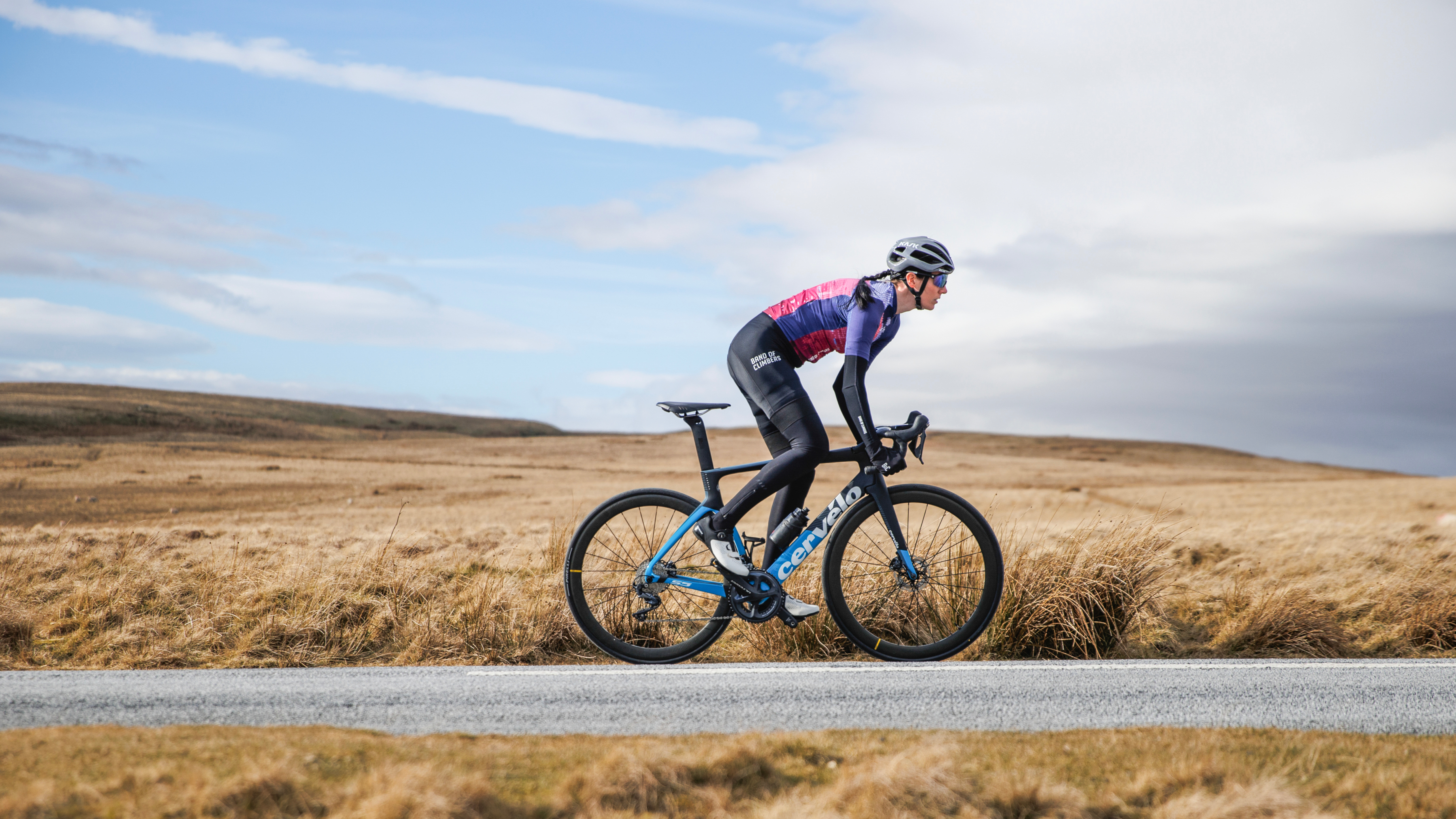
January is a great time to think about instilling good habits for the year ahead. That said, there is no point making overly ambitious resolutions that are impossible to keep. So, instead of setting unobtainable goals, try these bitesized, realistically sustainable good habits. They are mostly cheap, many are free, and every one of them is either backed by studies or, at the very least, has been tried and tested by experts in the relevant field.
We’ve compiled a list of 31 good habits – one for every day of January, so grab a pen and get ready to tick them off.
SWAP GELS FOR DATES
Natural food such as dates and dried apricots are more easily and healthily digested according to Alan Murchison, author of The Cycling Chef. “The body just isn’t accustomed to a number of irregularly ingested, sweet liquid shots that bypass much of the system and provide massive boosts of energy.”
SKIP LATE NIGHT HARD INTERVALS
If you want to get your eight hours of sleep, don’t train hard late in the evening. A 2008 study in the Journal of Endocrinological Investigation found that moderate to high-intensity exercise sent the wakefulness hormone cortisol soaring, while low-intensity sessions resulted in a reduction in cortisol.
SNACK ON STRETCHES
Get The Leadout Newsletter
The latest race content, interviews, features, reviews and expert buying guides, direct to your inbox!
For those who find it hard to fit in stretching, cycling coach Simon de Burgh suggests ‘stretch snacking’. Either set a timer to stretch or make it a habit each time you stop work for a cup of tea and are waiting for the kettle to boil.
Good habits: the stats
16% of Brits made a New Year’s resolution for 2024
56% of Brits who made a resolution for 2024 committed to doing more exercise, making it the most popular habit change
31%of those who made a resolution for 2023 kept to it all year
LEARN FROM EVERY RIDE
“A ride doesn’t just improve your fitness, it also has the potential to improve your mindset,” says sports psychologist and author Dr Josephine Perry. “A two-minute analysis after each ride means you’ll be continually learning and improving. Three questions to ask yourself are: one, what did I do well?; two, what could I have done better?; three, what do I want to focus on in my next ride?”
HAVE A PROTEIN NIGHT CAP
“Having protein before sleep provides a key opportunity to boost muscle mass and strength, recovery and overall metabolism,” states sports nutritionist Anita Bean. “According to the International Society of Sports Nutrition, consuming 30-40g of casein protein 30 minutes before sleep, combined with regular resistance training, can increase muscle protein synthesis throughout the night.” Good pre-sleep options include a protein shake or plain Greek yogurt.
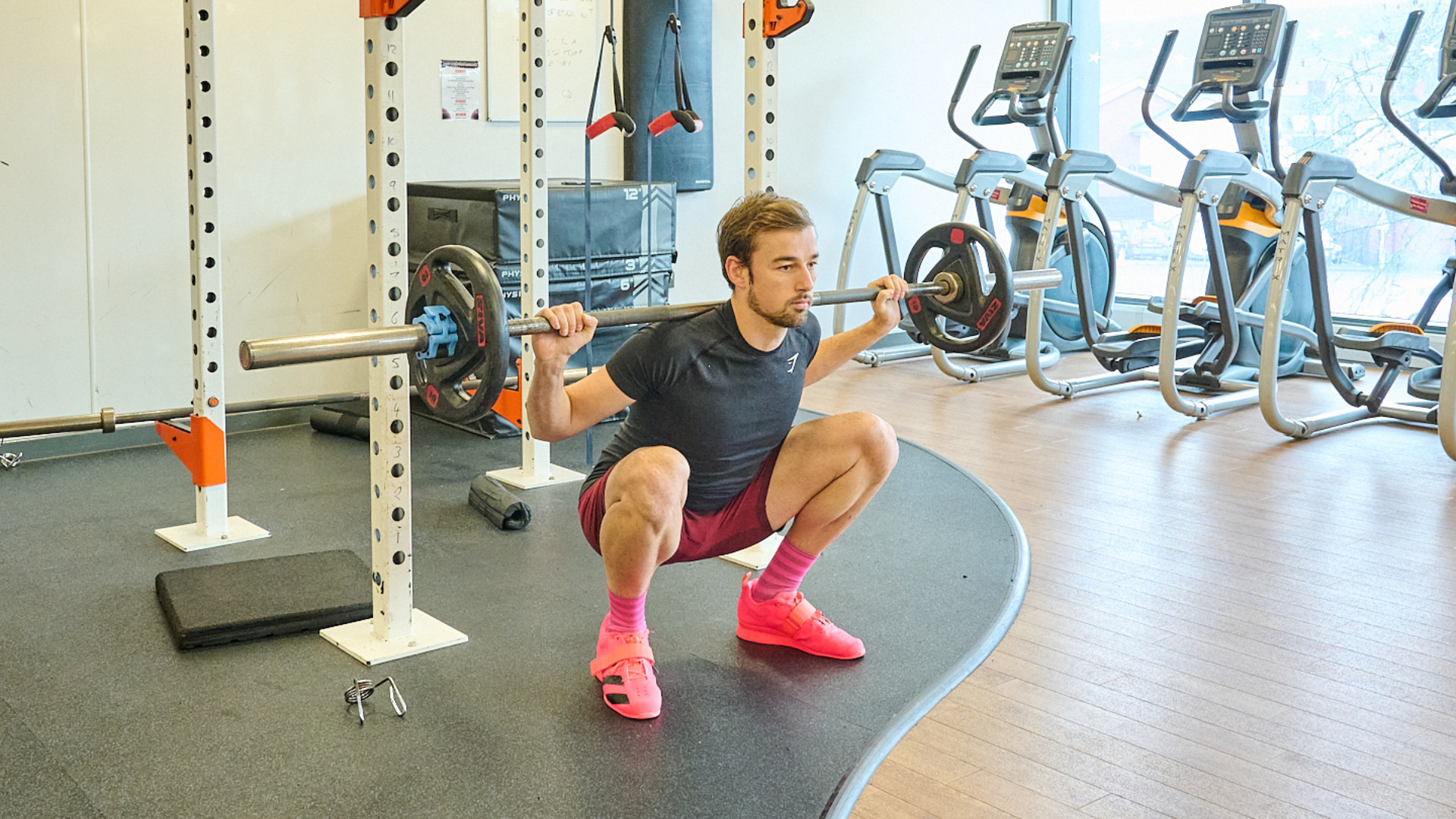
Start with your body weight, then build up
SQUAT
If you’re a newbie to resistance training, start using your bodyweight before progressing to gym weights. Squatting hones movement patterns, helping to avoid injury and the muscle soreness that can negatively impact riding. “Begin with your feet slightly wider than shoulder width and rotated out five to 10 degrees,” says endurance strength specialist Chris Panayiotou. “Squat as if sitting back into a chair, maintaining control as you lower. Do eight to 10 reps per set.”
UP YOUR OMEGA-3
The UK government recommends meeting the minimum consumption of omega-3 oils by eating at least two portions of (preferably oily) fish a week. But according to sports nutritionist Anita Bean, athletes require more to help increase muscle protein synthesis. Up your intake of flax seeds, walnuts or salmon, or pick a supplement looking for ‘EPA’ and ‘DHA’ on the label. A daily dose of 1-3g of EPA and DHA – we need both – has been recommended for athletes.
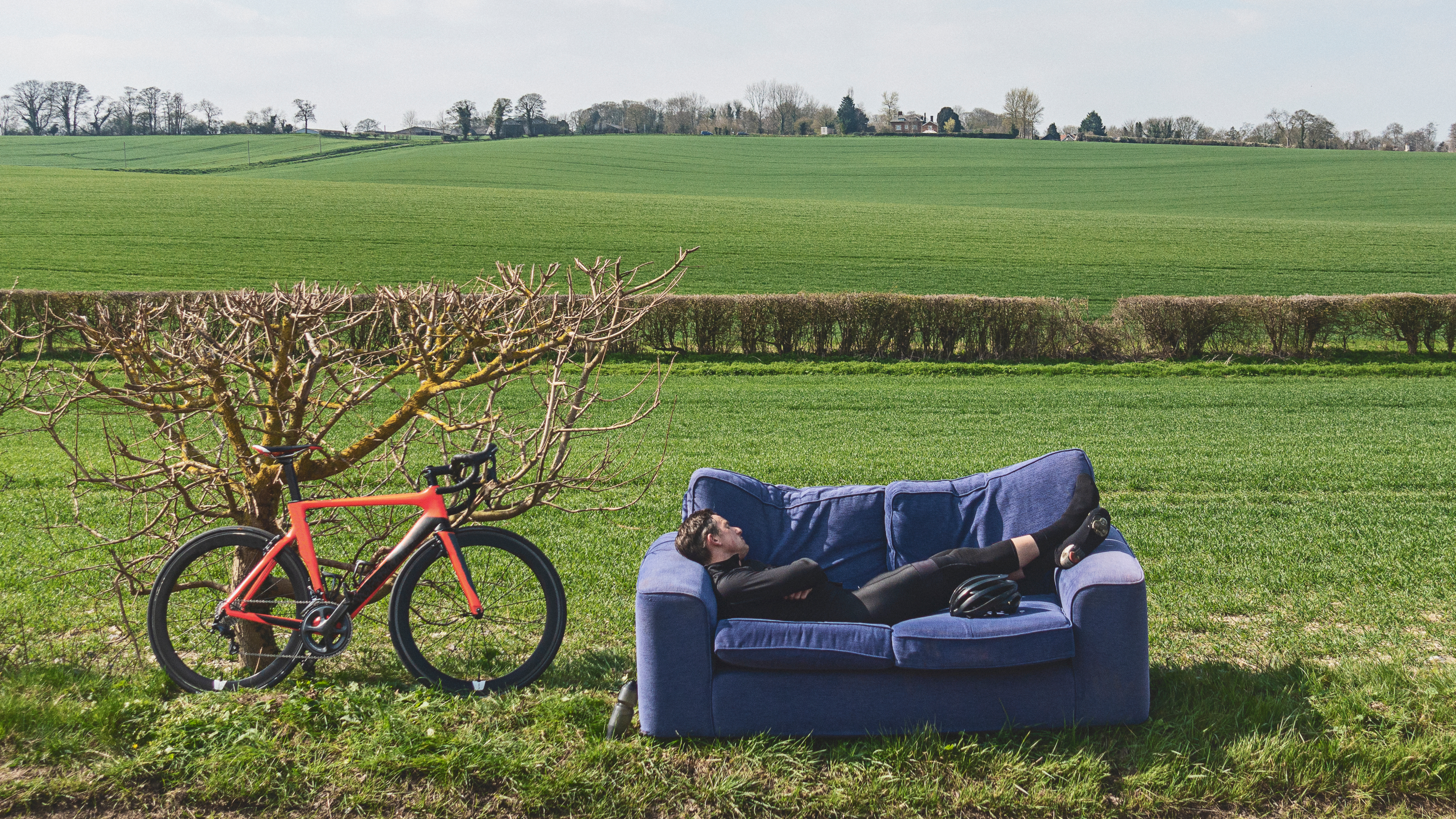
Most riders opt to take their naps at home, but whatever works for you...
TAKE A NAP
The journal Sports Medicine conducted a systematic review to assess the benefits of daytime napping on “physical and cognitive performance” in physically active participants. It found improvements in endurance performance, reaction time, attention and short-term memory. The paper suggests 90 minutes as the ideal nap duration.
EAT MORE PROTEIN
To build and maintain muscle mass, it is recommended that masters athletes eat 1.4-2.0g per kilo of body weight per day, according to a study in the Journal of the International Society of Sports Nutrition. This is almost twice that of the official recommended daily allowance (RDA) for the general population. The research recommends distributing these protein doses evenly throughout the day, every three to four hours. Suggestions for these doses include a handful of peanuts (7g), three tablespoons of low-fat strained Greek yogurt (15g) or a chicken breast (39g).
PULL A PIGEON POSE
“If their hips are tight, riders are unable to ride in an aero position, and other parts of the body compensate for the lack of movement,” says cycling coach and ex-bike fitter James Walsgrove. “They end up with excessive lateral knee travel. This causes problems up and down the chain and a loss of power and efficiency. I love the Pigeon stretch. Hold it for 30-60 seconds.”
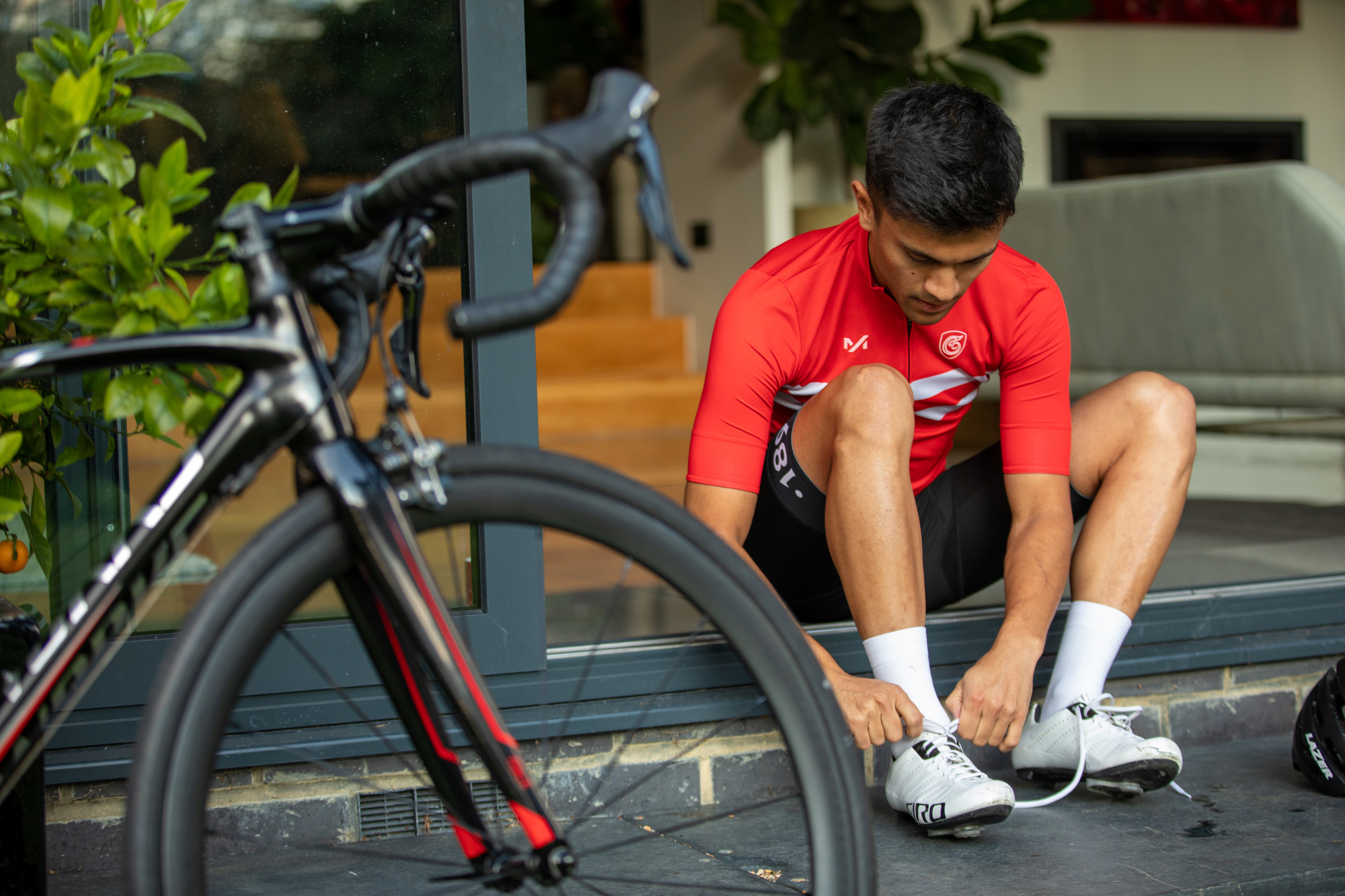
Stiff shoes can weaken intrinsic muscles
WORK YOUR ‘FOOT CORE’
Cycling specialist physio Bryan McCullough says that when your feet are trapped for hours in stiff-soled cycling shoes, it can weaken the intrinsic foot muscles (IFMs). This may negatively affect foot function and balance, and potentially harm bike performance. Adopt barefoot-style shoes to strengthen the IFMs or search online for the ‘short foot’ exercise.
DON’T LOCK YOUR ELBOWS
Riding with arms locked straight can cause problems above or below the elbows, such as numb hands. The position puts excessive weight and pressure on the shoulders and neck, which causes aches, according to cycling coach and bike-fitter James Walsgrove.
DON’T DRY OUT IN THE COLD
“You might feel less thirsty in cold weather, but this doesn’t mean you don’t sweat at all,” says Andy Blow, sports scientist and founder of Precision Hydration. “It is also worth bearing in mind how hard you are working, as intensity is a major factor in sweat loss.”
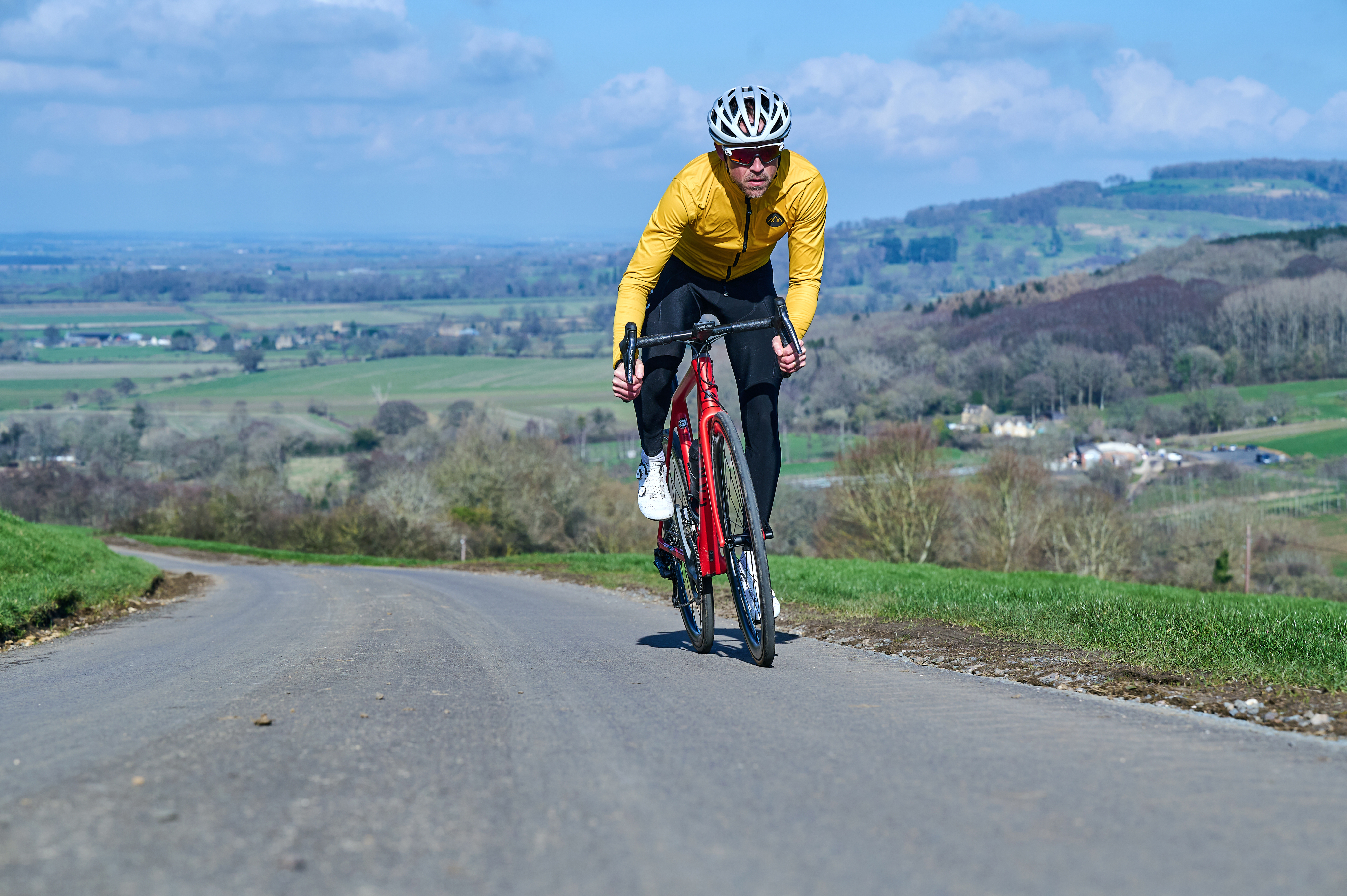
You still need to drink, even when it's cold
TAKE VITAMIN D
Low levels of the vitamin D are thought to be associated with inhibited testosterone production. The ‘sunshine vitamin’ also helps the body absorb calcium, and may be important for boosting the immune system, as well as having a role in muscle contractions. The NHS recommends everyone take a daily supplement containing 10mcg (400IU) during autumn and winter.
FLEX YOUR SPINE
Maintain mobility by doing the Rolling Bridge. Lie on your back with your legs bent and lifted above you. Press your lower back into the floor, now lift your backside off the ground and roll the spine off the floor vertebrae by vertebra until the hips are high. Lower the spine back down again slowly. Visualise each vertebra as links in a bicycle chain and try to place each one down one by one.
HYDRATE BEFORE YOU RIDE
A study of more than 400 university and club level athletes, including cyclists, found that 31.9% of them turned up to begin their sport already dehydrated. An hour or two before you ride, drink a large glass of water, especially if you are riding early, having dehydrated overnight.
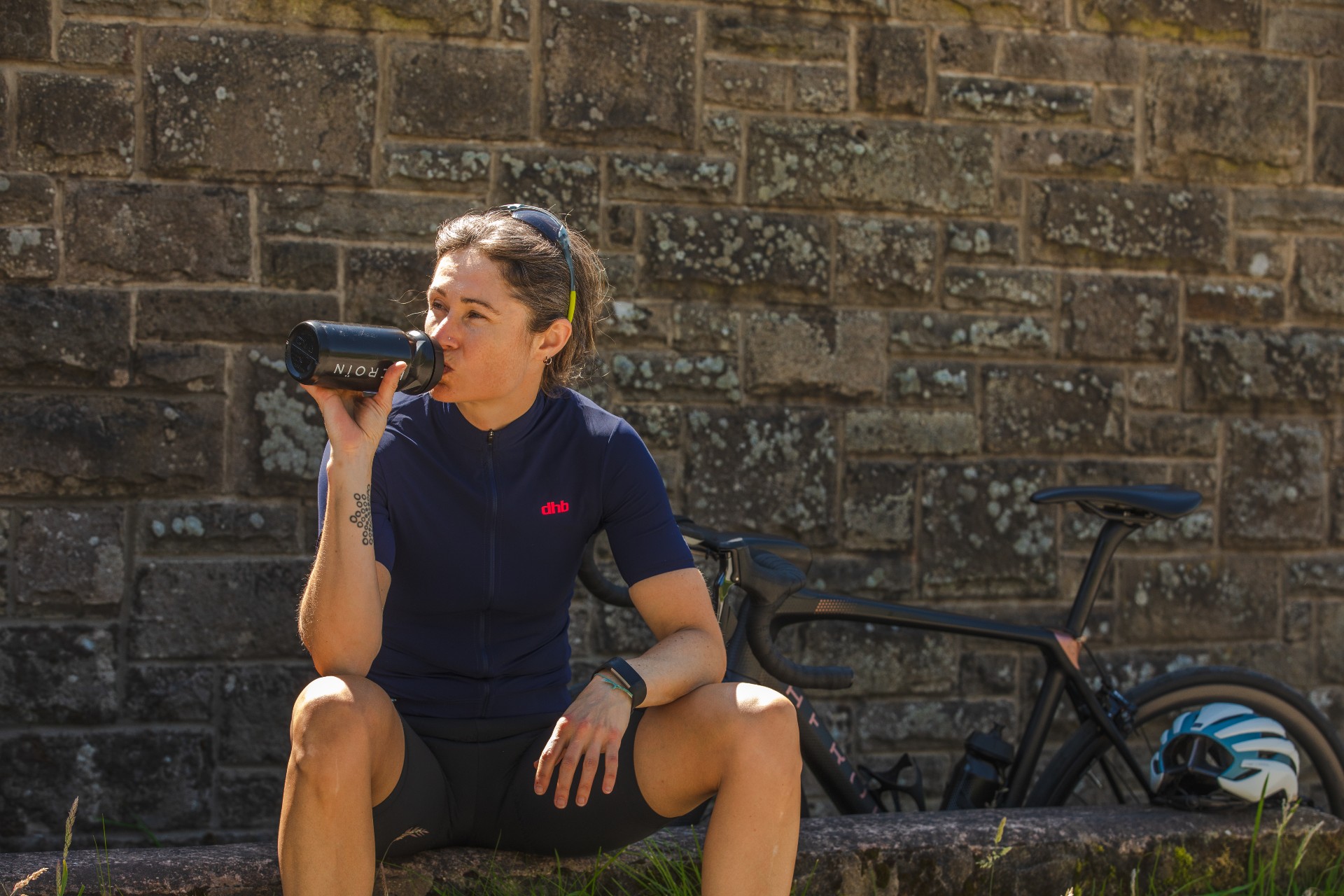
Don't start your ride depleted
BREATHE DEEPLY
Reduce cortisol and improve recovery and sleep with deep breathing. A study in the journal Nature found that stress and anxiety decreased after just one five-minute session of ‘deep and slow’ breathing. This type of breathing was found to stimulate the vagus nerve, signalling the body to relax and unwind.
KNOW YOUR RHR
You might not have Miguel Indurain’s resting heart rate (RHR) of 28bpm, but knowing your RHR is an excellent way to track performance, recovery and health. Record it at the same time of day, while still in bed and before caffeine or training, over three weeks. Then monitor changes in your average RHR, which might indicate you are overcooking the training or getting ill.
EVADE THE MIDDLE AISLES
Those parts of the supermarket packed with highly processed food are best avoided, according to chef and former pro triathlete Lentine Alexis, who advises: “Fill your trolley with colourful, fresh, raw ingredients such as leafy greens, lean proteins and whole grains, and don’t be afraid to pick up eggs, good olive oil and whole fat yogurt.”
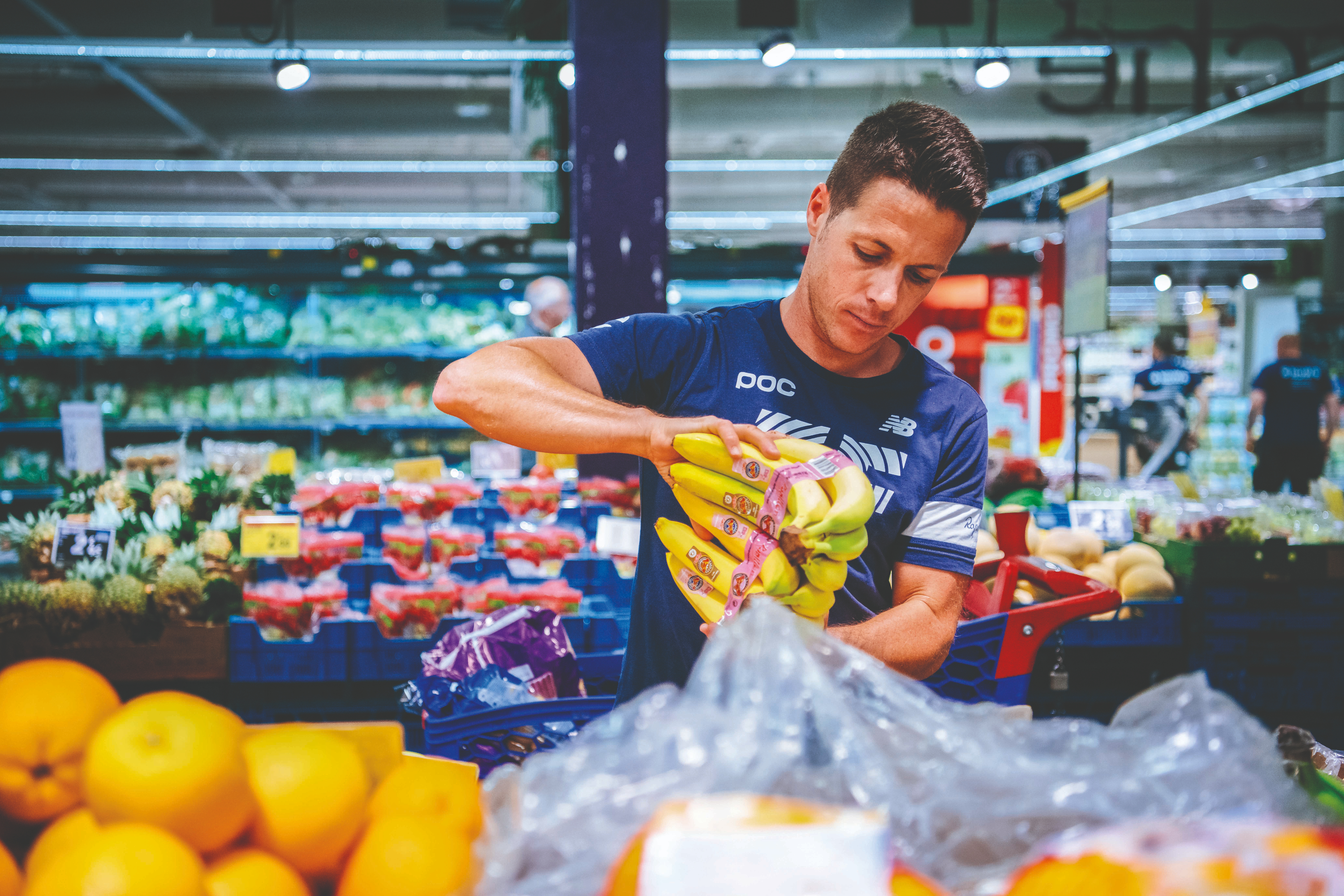
Bypass the junk and make a beeline for the bananas
UNSWEETEN YOUR BEDTIME
Most of your human growth hormone (HGH), which helps build muscle, is secreted at night. According to Phil Cavell, author of The Midlife Cyclist, HGH levels are glucosesensitive, so reducing sugar at night helps to “offset insulin sensitivity as well as help HGH production levels.”
HIT THE GYM
In their 2014 study ‘Strength training improves performance and pedaling characteristics in elite cyclists’, Rønnestad et al asked nine cyclists to perform endurance training alongside 25 weeks of heavy strength training, while another group did endurance training only. The researchers found no difference in VO2max between the groups, but the group that performed endurance training combined with strength work saw increases in peak power output during the Wingate test (a 30-second cycle test which measures anaerobic power and capacity), peak anaerobic power and mean power output during a 40-minute ‘all-out-trial’, while their torque peaked earlier in the pedal stroke.
MAKE YOUR OWN ENERGY DRINK
“A cheap and simple drink can be made by combining fruit juice with equal amounts of water and 1g of salt,” writes sports nutritionist Nigel Mitchell, author of The Cyclist’s Cookbook. “My best tip is to use the salt sachets you get at fast food restaurants.”
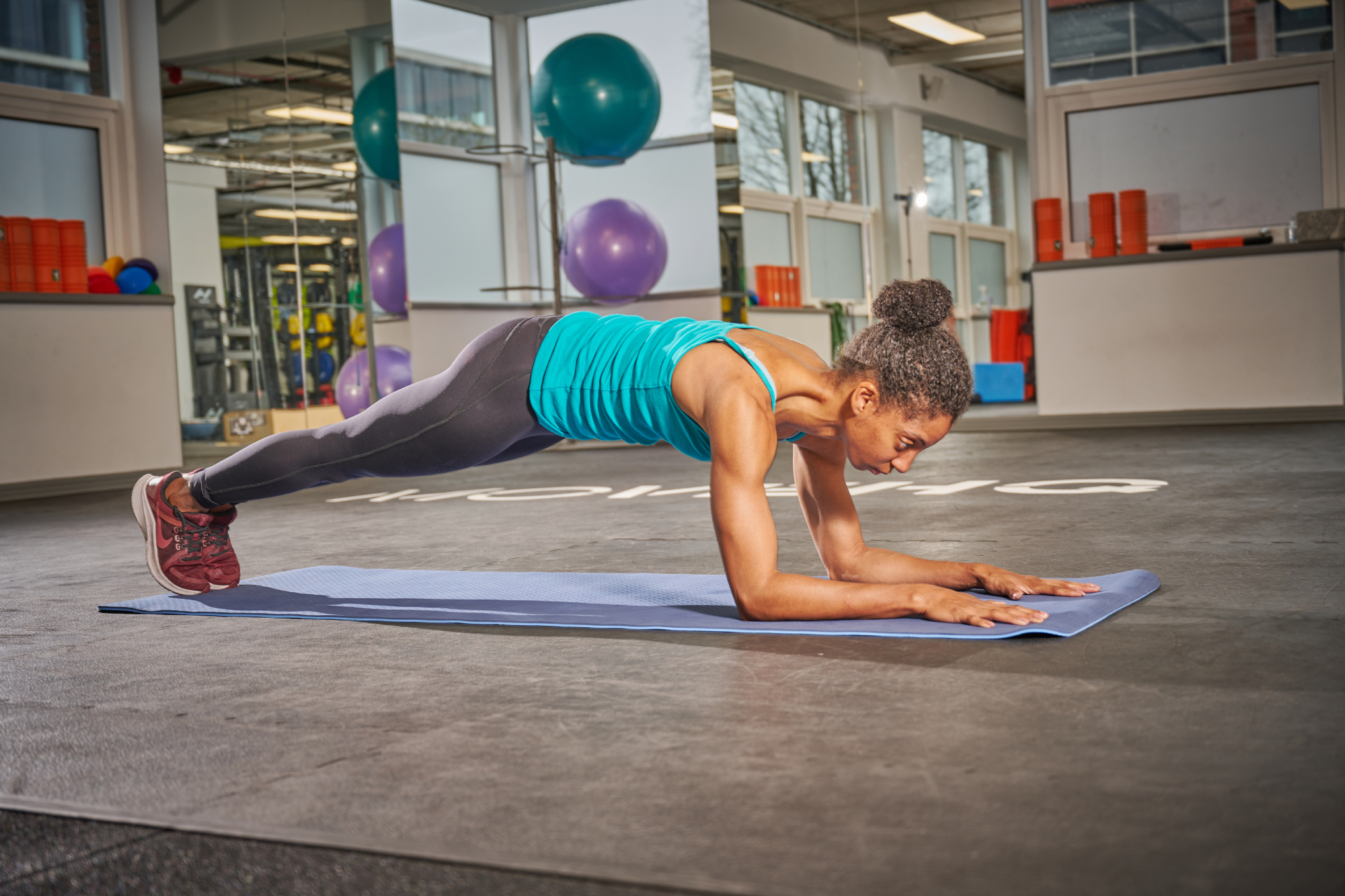
Planks are a simple means of increasing muscular endurance
GET YOUR EIGHT HOURS
In a 2023 study in the Journal of Sleep Research, 10 cyclists who got eight hours of shuteye per night for 10 nights had a higher mean power output during rides than sleep-restricted riders (limited to three hours of sleep) during lab time trials. Those who got less sleep also scored less well when assessed for ‘wellness’ and ‘mood.’
THANK THE PLANK
The good old-fashioned plank strengthens the core and shoulders (which is good for general well-being, even if it doesn’t directly improve cycling performance). It’s simple and can be done anywhere, any time. Try the forearm version, and do it three times a week, starting by holding for 30 seconds and gradually building up to a 60-second hold.
WARM UP
Warm-ups are not just for runners. Ours should be on the bike. According to British Cycling guidance, it is akin to allowing your car engine to warm up on a cold day, switching on your aerobic energy system prior to your main effort. Before your event, spend 10-15 minutes gradually working through the gears and increasing cadence, progressively building up to your intended pace or intensity
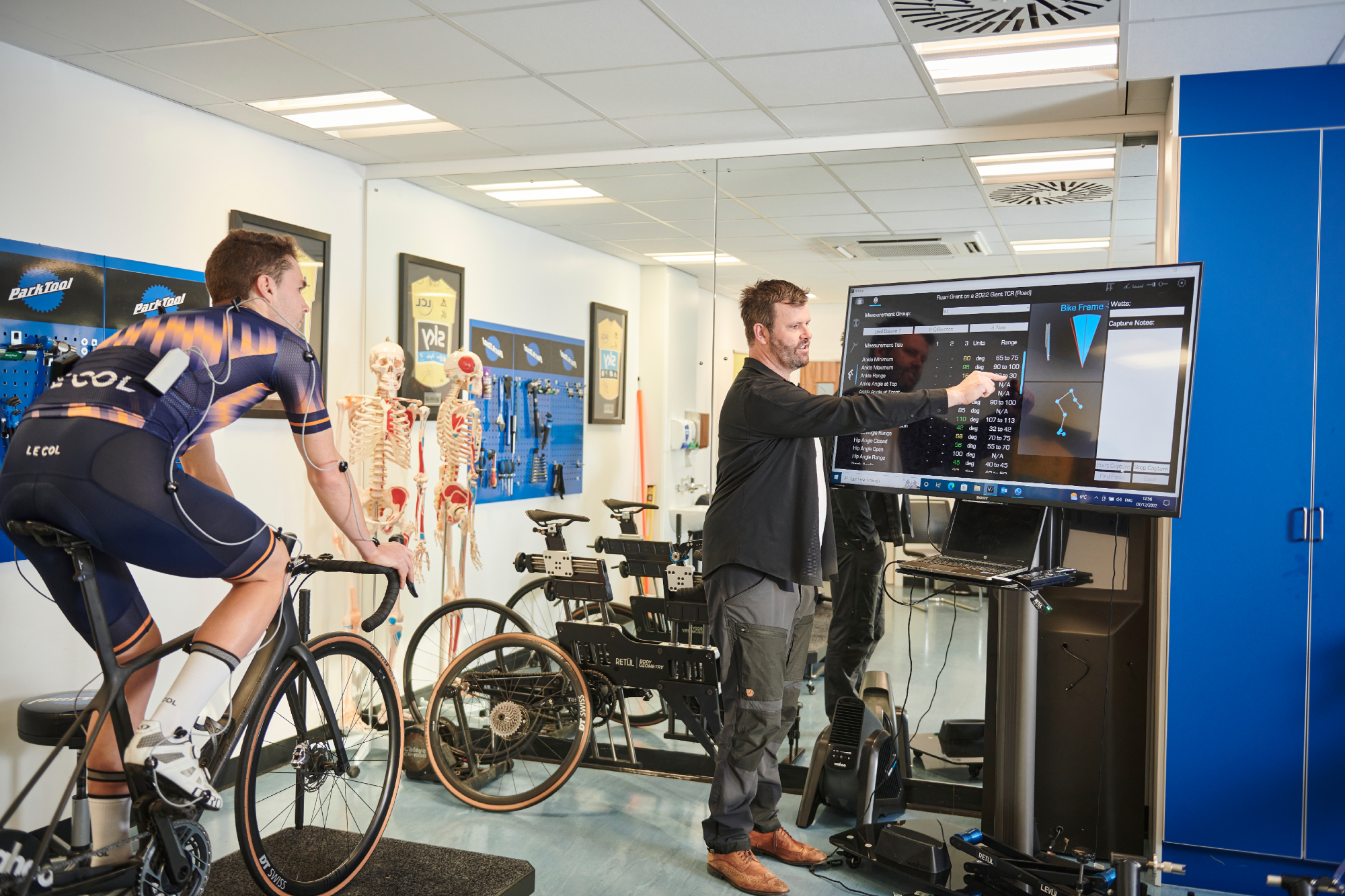
Check in for a fresh bike-fit at least once a decade
RESET YOUR FIT
Our bodies change over time. Cycling specialist physio Bianca Broadbent advises having a fresh bike-fit at least once every decade. She warns against aggravating niggles “by trying to cycle with a range of movement incompatible with your current anatomy.”
GET BACK TO A PAIN-FREE NECK
A good range of movement in your mid and upper back means you won’t need to crane your neck to look forwards on the bike. Lie down and place a foam roller underneath the mid (thoracic) spine. With your hands behind your head, lean back to gently move the thoracic spine into extension.
STOP FREEWHEELING
Exercise physiologist and coach Dr Garry Palmer has a pet peeve: freewheeling. “Don’t stop pedalling,” he urges, “it’s a waste of valuable training time if you’re sitting behind others at little or no effort.” Keep those legs spinning to maintain a steady heart rate.
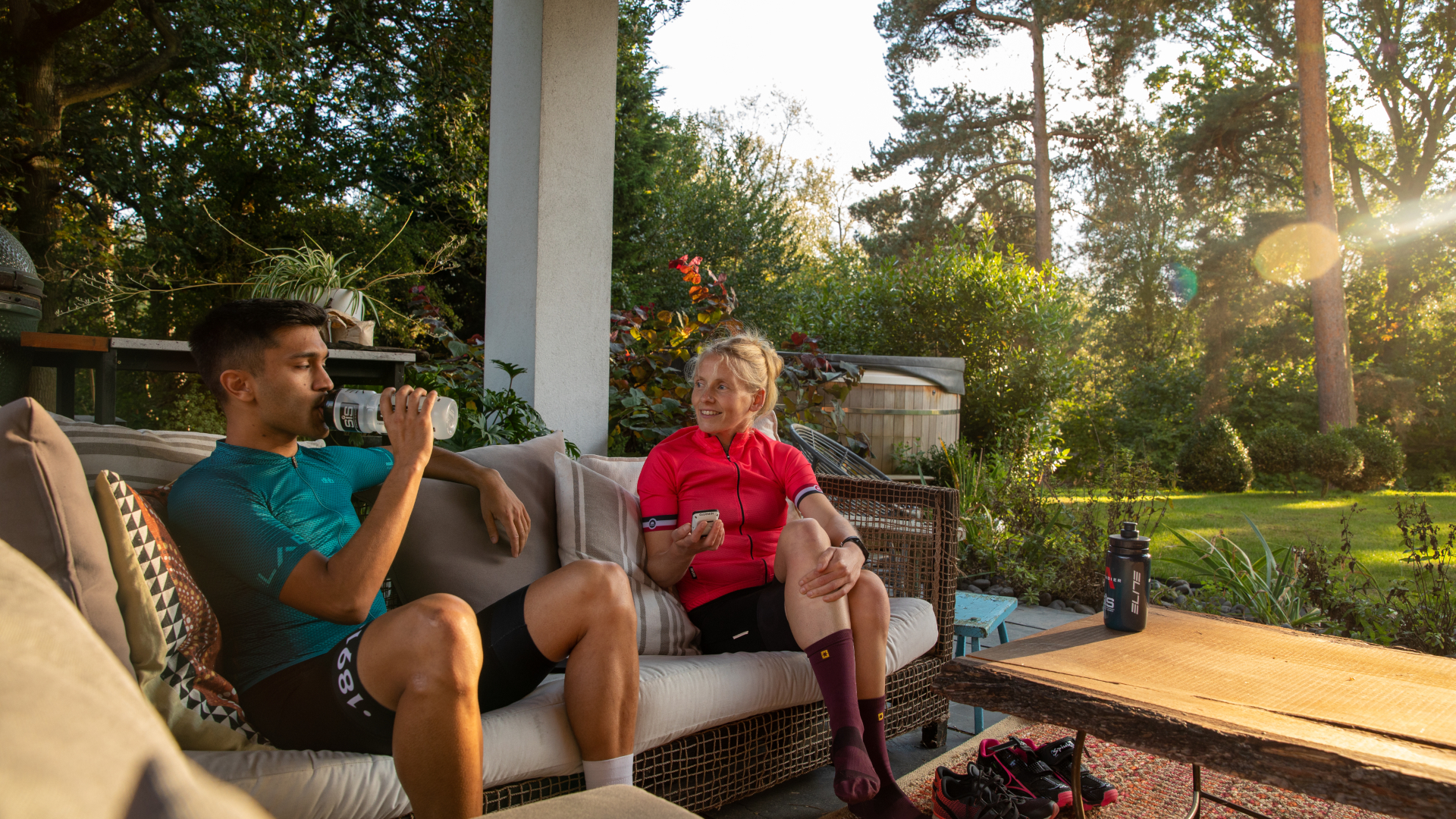
Take your recovery seriously to reach your goals
RUN, HOP, JUMP
The study ‘Cycling and bone health: a systematic review’ looked at 31 studies and concluded that cycling, because it’s low-impact, provided little or no benefit to bone mass. If you only cycle, your bone health may gradually decline. Osteogenic activities that boost bone mineral density include running, jumping, plyometrics and heavy lifting.
RECOVER HARD
If you’re going to ride hard, you need to be equally committed to your recovery. “A walk, gentle ride, or yoga can promote endorphins and give your mind a rest from the intensity of training,” says Heidi Viles, who specialises in coaching female cyclists.
SHARE YOUR 2025 GOALS
“Boost your motivation to crawl out of bed on those dark winter mornings by writing down your target events for 2025 and the reasons why you picked them – why they’re important to you,” advises Nick Coley, cyclist and exercise psychologist. “Share this list with others close to you for extra accountability.”
This article was originally published in Cycling Weekly magazine. Subscribe now and never miss an issue.

Thank you for reading 20 articles this month* Join now for unlimited access
Enjoy your first month for just £1 / $1 / €1
*Read 5 free articles per month without a subscription

Join now for unlimited access
Try first month for just £1 / $1 / €1
Fitness instructor Lexie Williamson specializes in yoga for runners and cyclists and is the author of Yoga for Cyclists ($28 / £20, Bloomsbury Publishing).
You must confirm your public display name before commenting
Please logout and then login again, you will then be prompted to enter your display name.
-
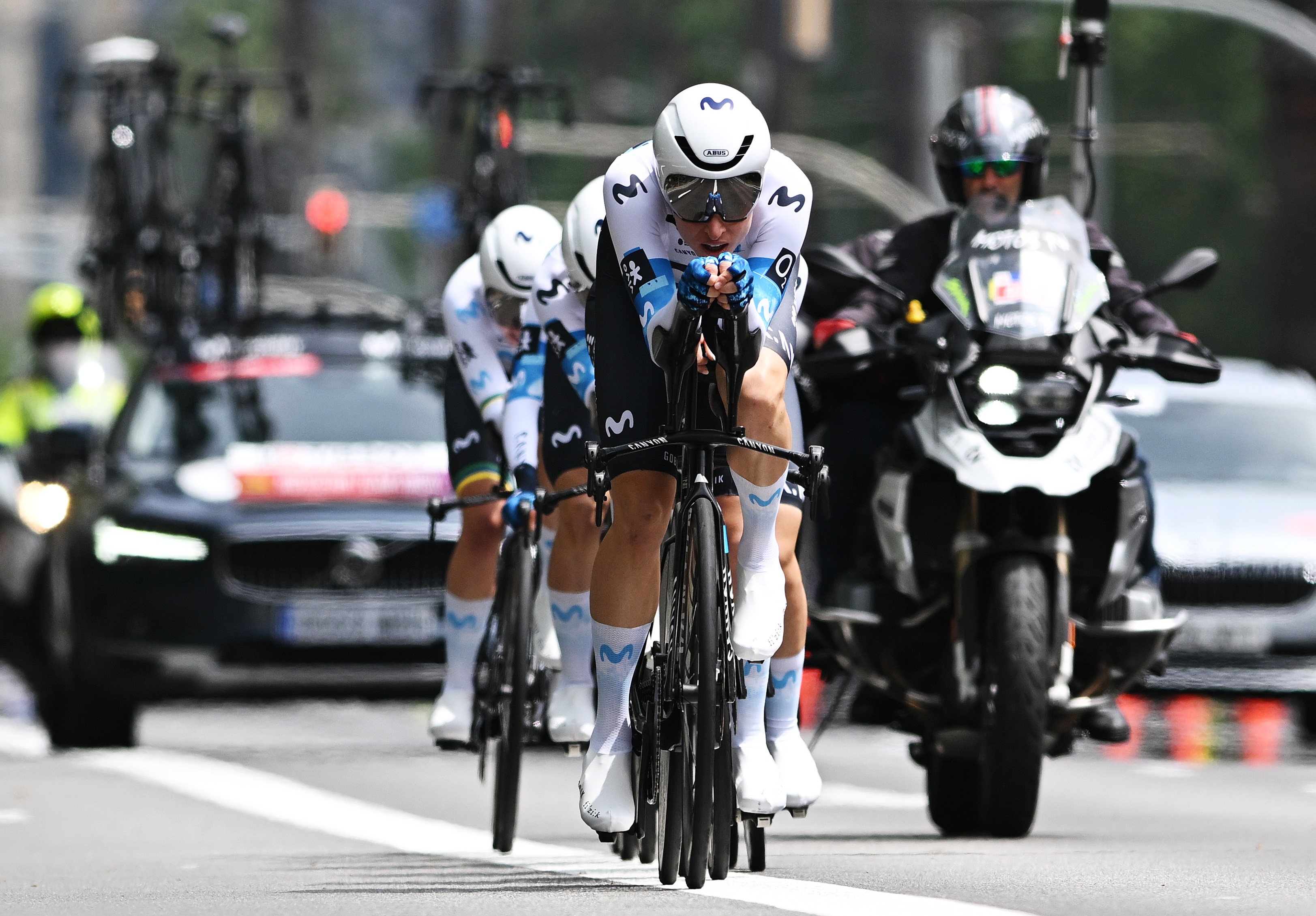 Entire Movistar team fined after start ramp chaos at Vuelta Femenina
Entire Movistar team fined after start ramp chaos at Vuelta FemeninaVisma-Lease a Bike file official complaint with the UCI following team time trial delays
-
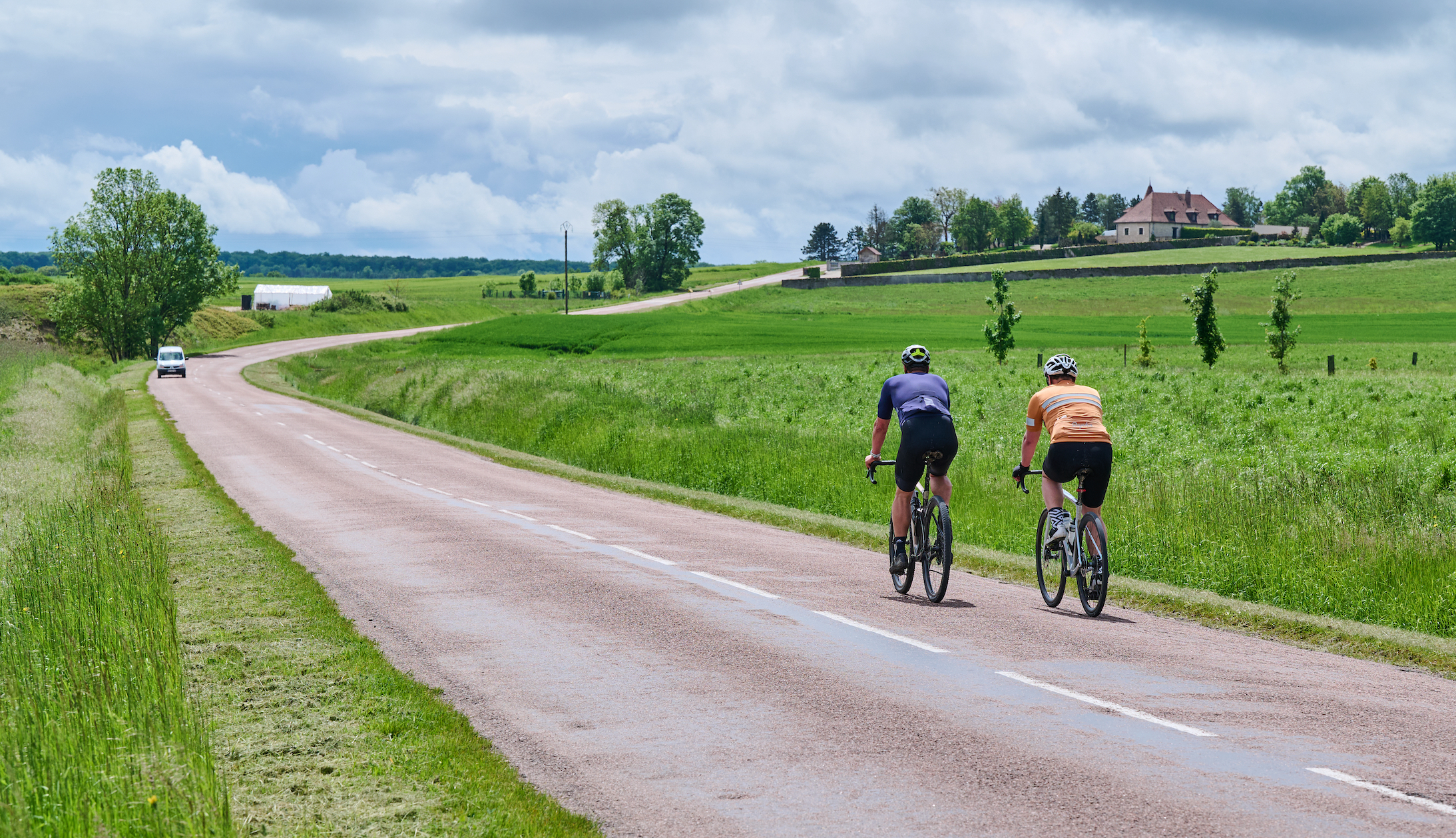 Cycling further or cycling faster, which is better for weight loss?
Cycling further or cycling faster, which is better for weight loss?Long and slow or short, hard and fast. If your goal is to reduce body fat which of these methods will get the best result?
-
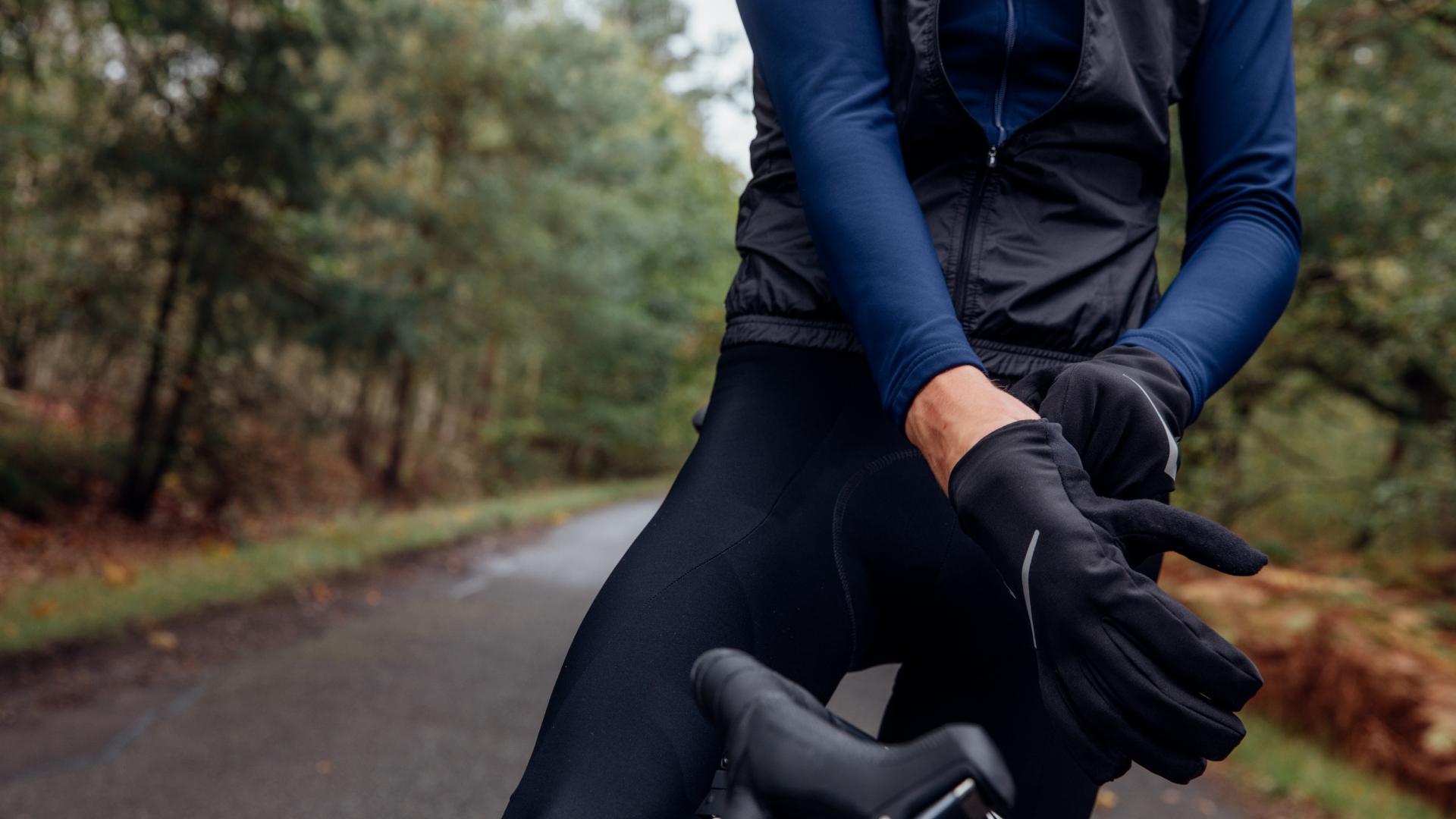 Riding with Raynaud’s: How to beat cold hands and feet over winter
Riding with Raynaud’s: How to beat cold hands and feet over winterSymptoms of Raynaud's syndrome extend far beyond simply having chilly hands and feet, our experts guide you through the how-to on making winter riding bearable despite the disease
-
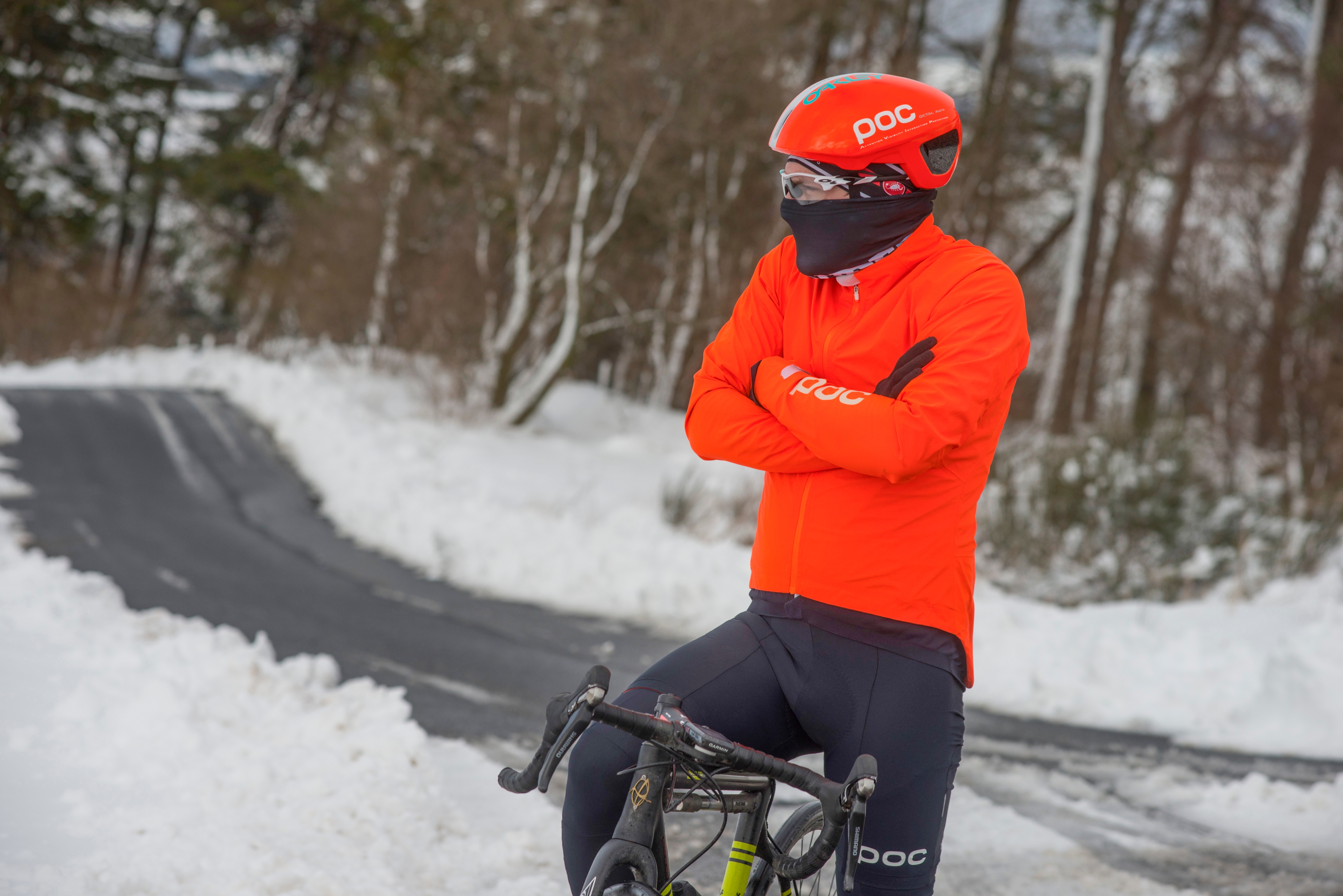 Does riding in the cold always have to slow you down?
Does riding in the cold always have to slow you down?Recent research reveals that starting a ride cold can decimate endurance. James Witts examines how rolling out toasty boosts staying power
-
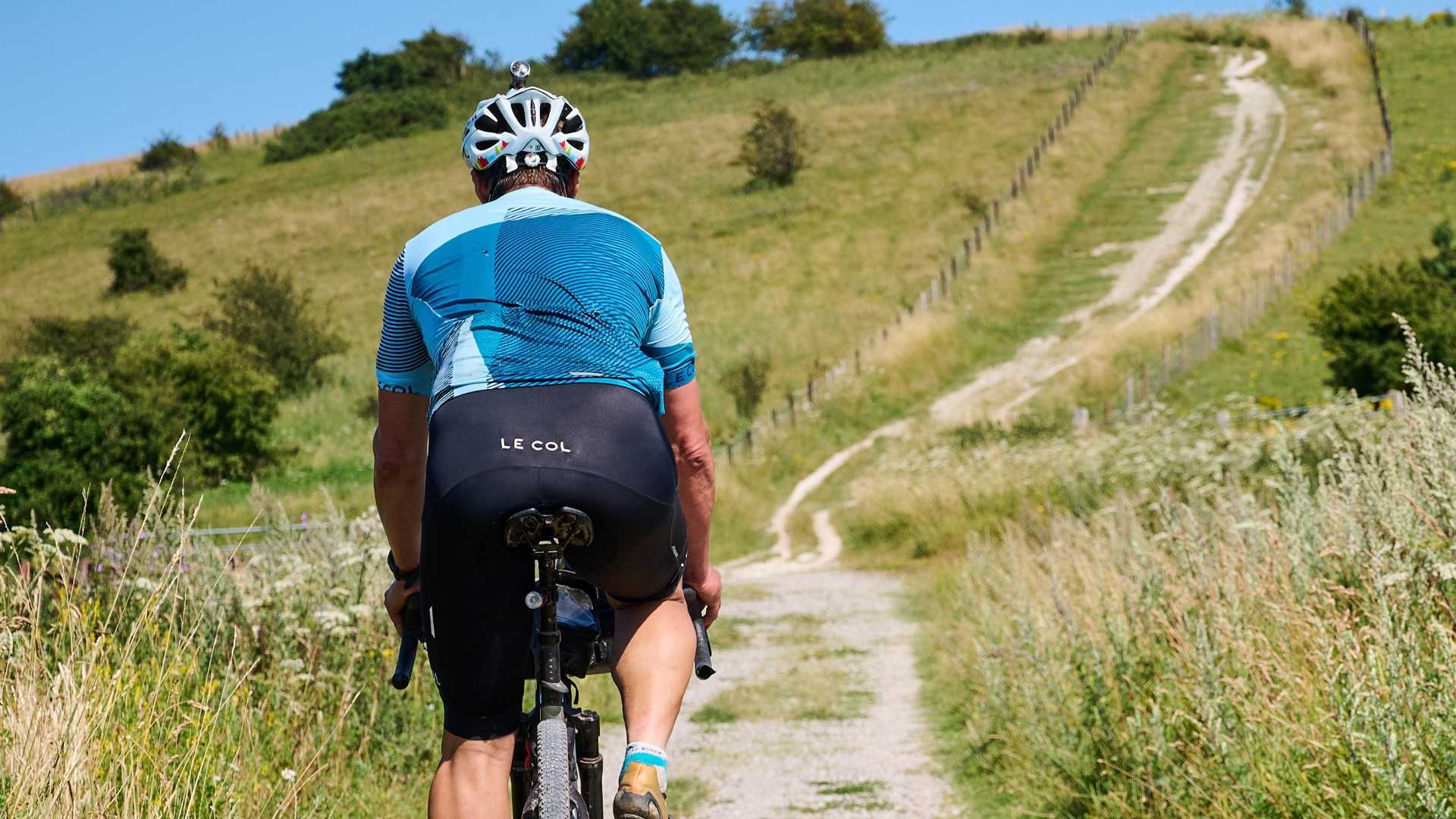 'My riding companion proceeded to fragment into countless tiny particles and dissolve into the night sky — I was hallucinating': Inside a 500km ultra ride
'My riding companion proceeded to fragment into countless tiny particles and dissolve into the night sky — I was hallucinating': Inside a 500km ultra rideKeen to test the limits of his well-matured endurance, Steve Shrubsall hurls himself headlong into a 500km ultra-endurance adventure across England's North and South Downs
-
 Hot weather cycling: 6 tips to help you keep your cool
Hot weather cycling: 6 tips to help you keep your coolA spell of hot weather needn't stop you enjoying your riding, as long as you take some precautions to prevent over-heating and dehydration
-
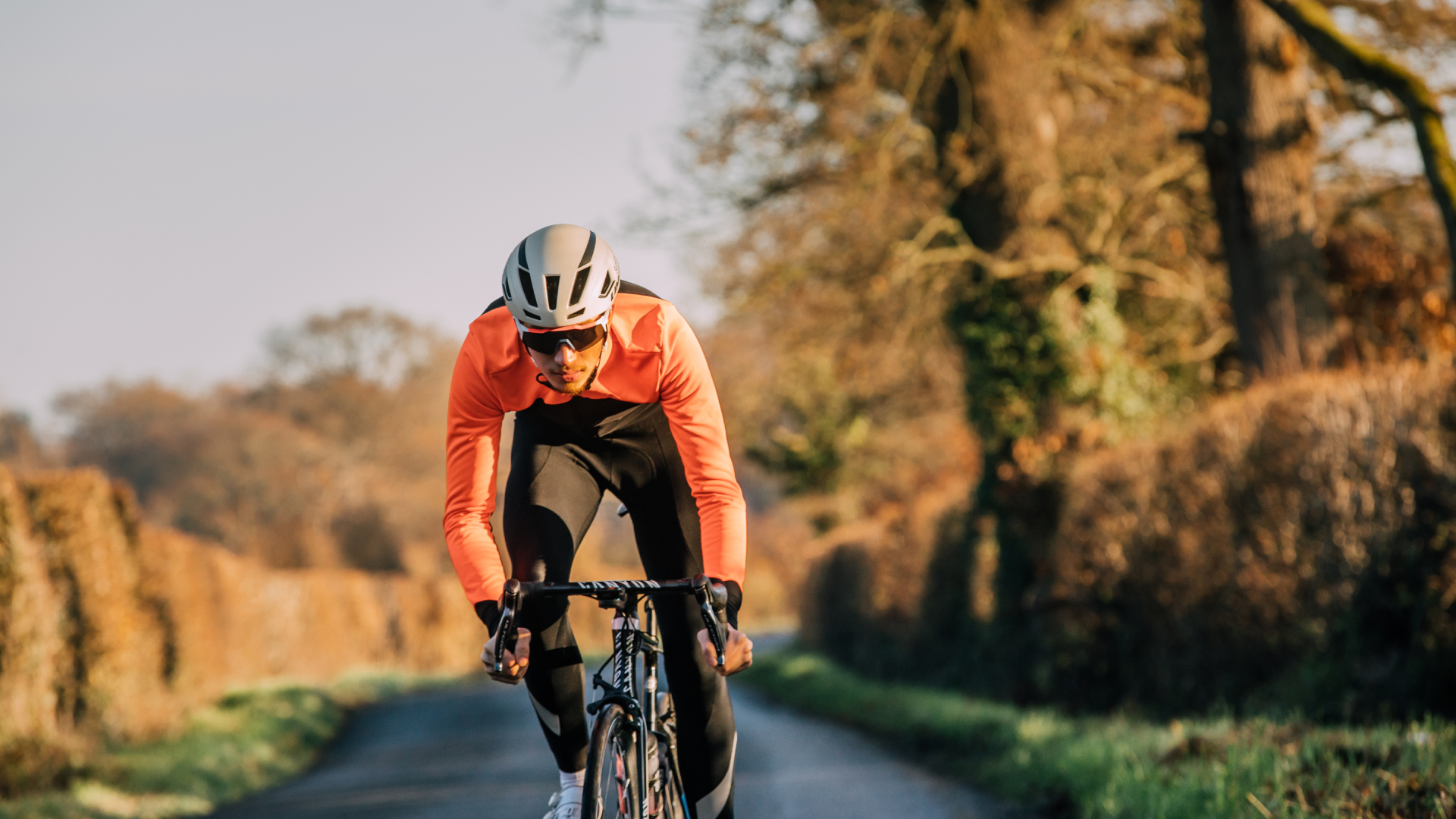 21 ways to get your season off to a flying start
21 ways to get your season off to a flying startMotivation is key: achievable, aspirational goals with clear checkpoints is a great place to start. Structured training, bike servicing and joining a club will all help set you on the right trajectory, too
-
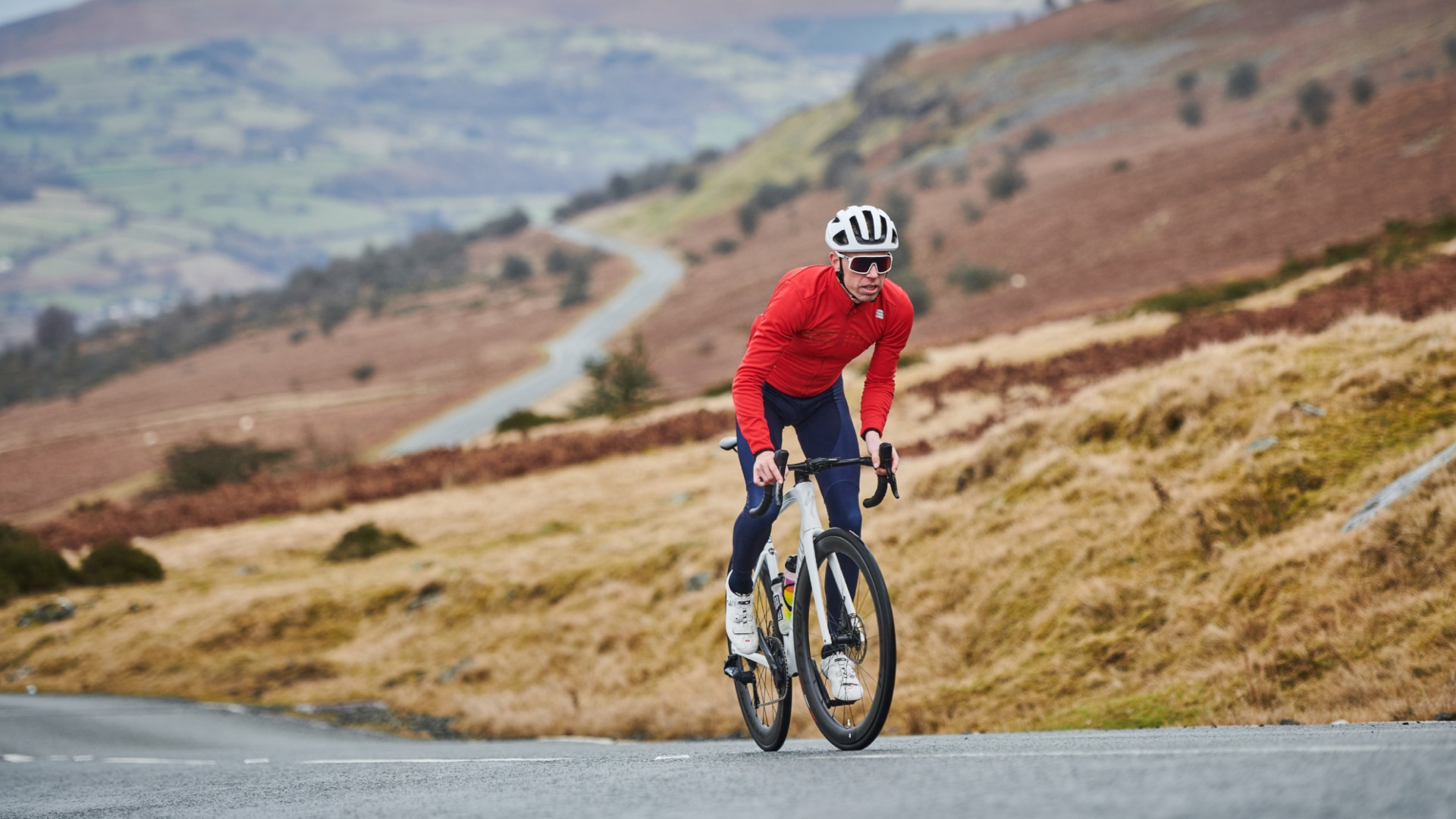 Eight-step guide to crafting your achievable goal this year, according to a cycling coach
Eight-step guide to crafting your achievable goal this year, according to a cycling coachHow to come up with a target you can hit - plus some pointers on how to stay on track
-
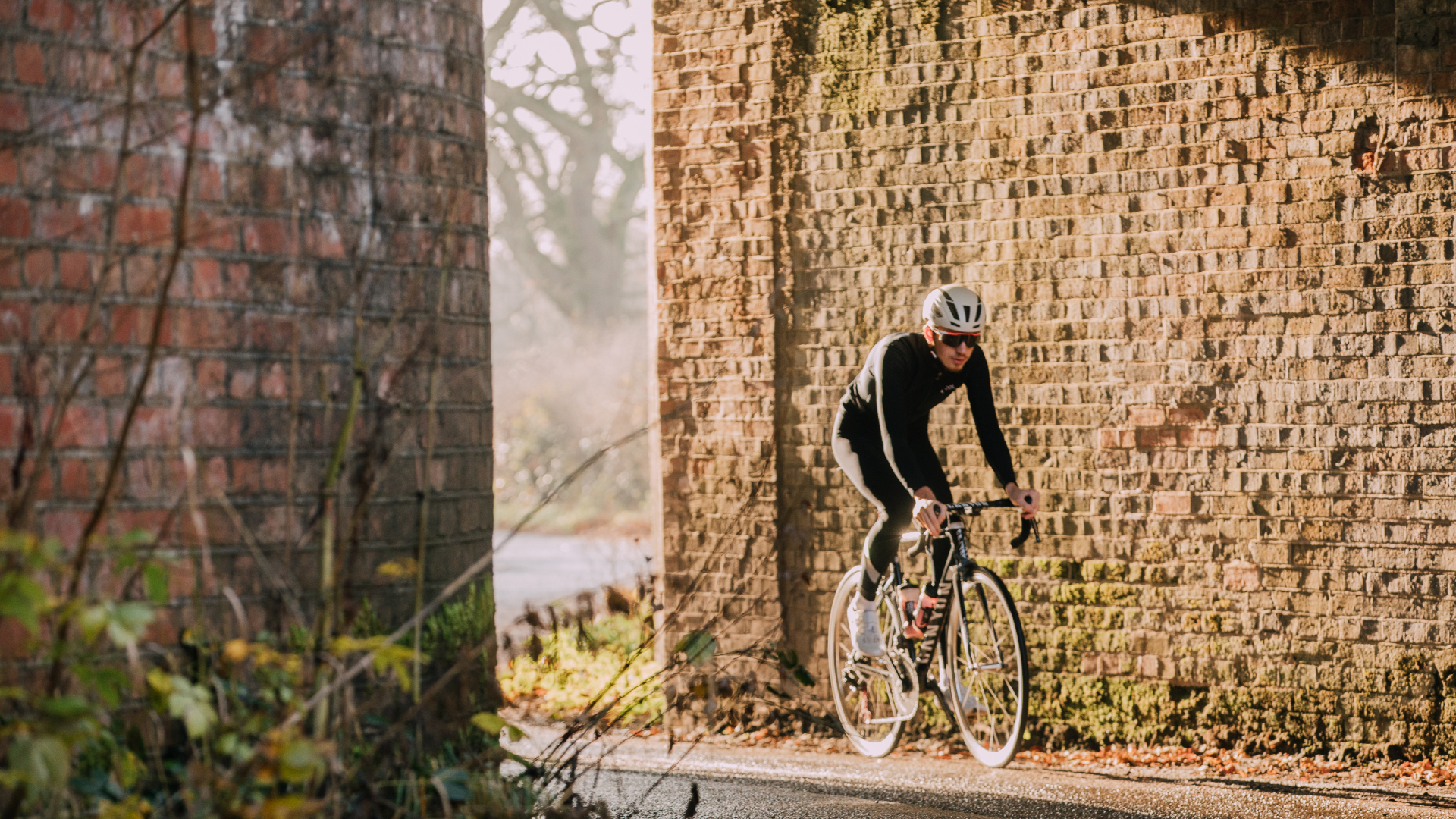 Why is everyone talking about Zone 2 training? Tadej Pogačar, or rather his coach, is responsible - here’s why
Why is everyone talking about Zone 2 training? Tadej Pogačar, or rather his coach, is responsible - here’s whyThe cacophony of praise for Zone 2 training of late left Chris Sidwells scratching his head. So he decided to find out what all the fuss was about
-
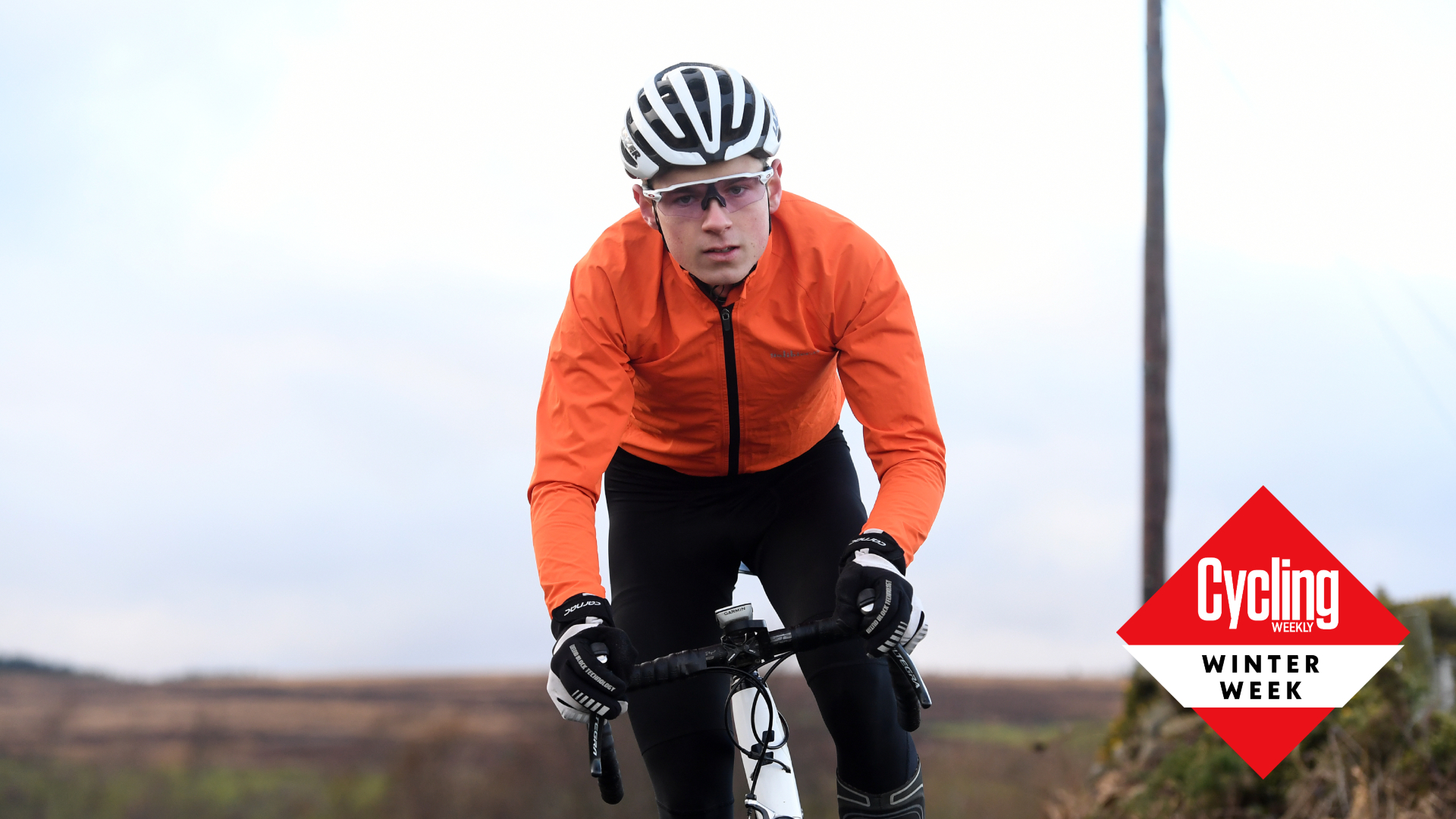 Seven benefits of riding outdoors - which you’ll miss out on if you train inside all winter
Seven benefits of riding outdoors - which you’ll miss out on if you train inside all winterAs with most things in life, there is a balance to be struck…